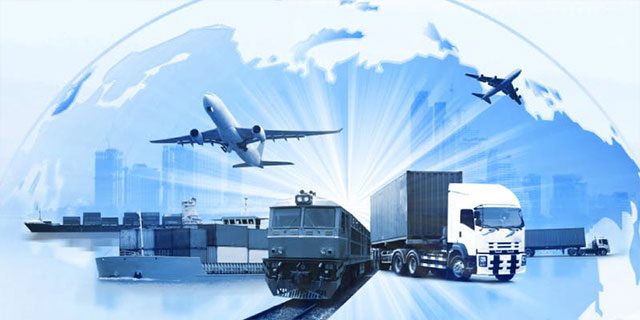Unveiling the Distinctions: Air Transport vs. Logistics

In today's interconnected world, the efficient movement of goods and people is crucial for global trade and economic growth. Two key players in this realm are air transport and logistics. While they share the common goal of facilitating the movement of goods and people, there are distinct differences between the two. In this article, we will delve into the disparities between air transport and logistics, exploring their unique characteristics, functions, and contributions to the global supply chain.
- Understanding Air Transport:
Air transport refers to the transportation of goods and passengers by air, utilizing aircraft as the primary mode of conveyance. It offers unparalleled speed and efficiency, making it an indispensable component of the modern transportation landscape. Air transport is characterized by its ability to cover vast distances in relatively short timeframes, connecting remote locations and enabling global trade on a large scale.
Key Points:
- Speed and Efficiency: Air transport is renowned for its rapid delivery times, making it ideal for time-sensitive shipments and perishable goods.
- Global Connectivity: Airports serve as vital hubs, linking various regions and facilitating international trade.
- Capacity and Volume: While aircraft have limited cargo capacity compared to other modes of transport, they compensate for this with high-frequency flights and efficient handling processes.
- Unraveling Logistics:
Logistics, on the other hand, encompasses a broader spectrum of activities involved in the management and coordination of the supply chain. It encompasses the planning, implementation, and control of the flow of goods, services, and information from the point of origin to the point of consumption. Logistics involves multiple modes of transport, including air, sea, road, and rail, to ensure seamless movement and delivery of goods.
Key Points:
- Supply Chain Management: Logistics plays a pivotal role in optimizing the supply chain, encompassing activities such as procurement, inventory management, warehousing, and distribution.
- Multimodal Integration: Logistics integrates various transportation modes to create efficient and cost-effective solutions tailored to specific cargo requirements.
- Information Technology: Advanced logistics systems leverage technology to track shipments, manage inventory, and streamline processes, enhancing visibility and efficiency.
- Bridging the Gap:
While air transport and logistics are distinct entities, they are interconnected and mutually dependent. Air transport serves as a vital component of the logistics industry, providing swift and reliable transportation for time-critical shipments. Logistics, on the other hand, encompasses the broader framework within which air transport operates, ensuring seamless coordination and integration with other modes of transport.
Conclusion:
In conclusion, air transport and logistics are integral components of the global supply chain, each with its unique characteristics and contributions. Air transport excels in speed and global connectivity, enabling the swift movement of goods and people across vast distances. Logistics, on the other hand, encompasses a broader range of activities, optimizing the supply chain and ensuring seamless coordination between various modes of transport. Understanding the distinctions between air transport and logistics is essential for businesses and individuals involved in international trade, enabling them to make informed decisions and leverage the strengths of each domain for efficient and effective transportation solutions.
